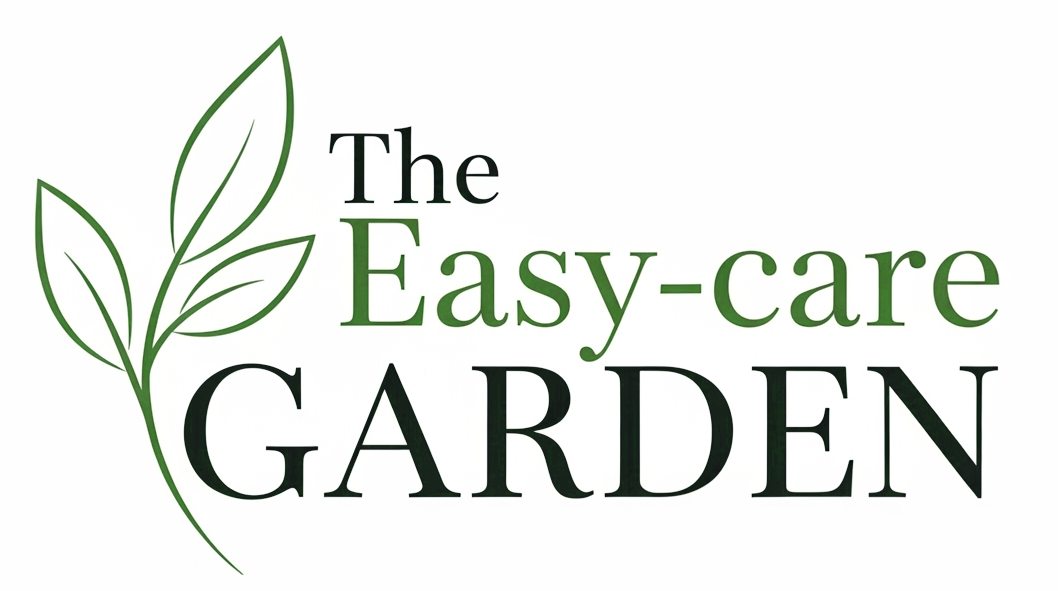Hedera helix is the scientific name for common ivy, a versatile, evergreen, and woody climbing plant, commonly found clinging to walls, trees, and fences. It’s known for its two distinct growth phases: a juvenile stage characterised by lobed leaves that climb surfaces using aerial roots, and a mature stage featuring heart-shaped leaves, often developing into bushy growth and flowering.
Description
- Growth Habit: Hedera helix is a vigorous, self-clinging climber that can reach heights of up to 30 meters. It uses aerial rootlets to attach to surfaces like tree trunks, walls, and fences. It also grows as ground cover where there are no vertical surfaces.
- Leaves: A notable feature is that the plant has two distinct forms of leaves, depending on its stage of growth:
-
- Juvenile leaves: These are found on climbing or sprawling stems and have a characteristic lobed shape, typically with 3-5 lobes. They are glossy, dark green, often with pale veins.
- Mature leaves: Once the plant reaches maturity (which can take a decade or more), it produces bushy, non-climbing stems with unlobed, oval or heart-shaped leaves.
- Flowers and Berries: Only mature plants produce flowers and fruit. The greenish-yellow flowers appear in small, dome-shaped clusters (umbels) in late autumn. These are a crucial source of nectar and pollen for insects when few other plants are blooming. The flowers are followed by black, berry-like fruits that ripen in late winter and are a vital food source for birds, especially during the colder months.
- Ecological Importance: Despite sometimes being viewed as a weed, common ivy is a highly valuable plant for wildlife in the UK. It provides year-round shelter, nesting sites, and food for a wide range of insects, birds, and small mammals. The dense foliage offers excellent cover, and its late-blooming flowers and winter berries are essential resources.
It’s important to note that while the plant can cause skin irritation in some people and the berries are mildly poisonous if eaten by humans, they are a safe and important food source for birds. There are also two native species of ivy in the UK: Hedera helix (common ivy), which is found throughout the country, and Hedera hibernica (Atlantic ivy), which is more prevalent in the west.
| See also different: | Easy-care evergreen plants |

